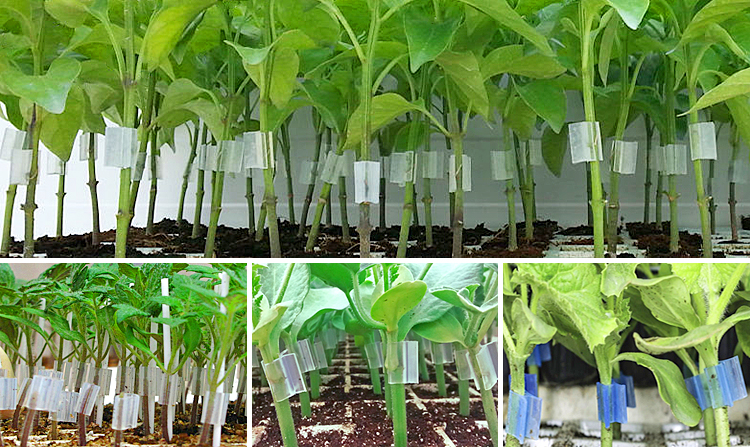The main purpose of vegetable grafting is to prevent and control diseases, improve stress resistance, increase yield and improve quality, but not all vegetables are suitable for grafting.
1. In terms of the common types of vegetables, the grafting technique is most used in fruits and vegetables such as tomato (tomato), cucumber, pepper, zucchini, bitter gourd, wax gourd, loofah, melon and watermelon.
2. From the perspective of vegetable planting mode, it is more suitable for facility melons, fruits and vegetables with relatively small planting density, difficult survival, large single crop yield, and high planting income. On solanaceous crops, grafting technology is also used more.
3. From the perspective of vegetable disease prevention and control, grafted vegetable seedlings can make full use of the resistance advantages of rootstocks to enhance immunity and resistance to various pests and diseases, thereby reducing the occurrence of later pests and diseases.
Vegetable grafting is generally used in the cultivation of vegetables in greenhouses, protected areas and other facilities. Generally, fruit-based solanaceous fruits and melons and fruits are the main vegetables. In addition, vegetables are grafted on dicotyledonous crops. Monocotyledonous crops are generally not graftable, and even if they are grafted, it is difficult to survive.
Post time: Nov-17-2023






